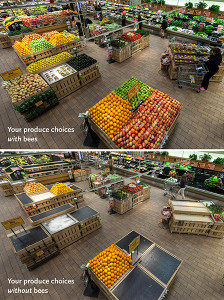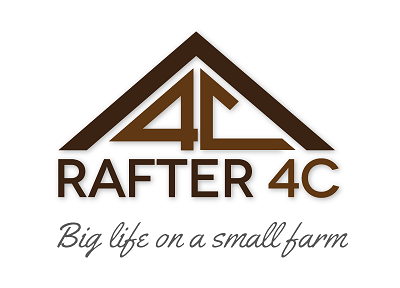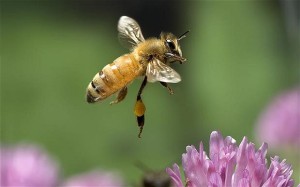If you think honeybees only produce honey, think again!
Honeybees are pollinators responsible for over one-third of our food supply. Nearly $30 billion of our US agriculture production is dependant on honeybee pollination. Essentially they produce apples, nuts, soybeans, celery, squash, cucumber, asparagus, melons, citrus fruits, peaches, berries, cherries, peaches and more. You can even credit the little honeybee for some of our beef and dairy, which feed on things like alfalfa and clover pollinated by these worker bees.
Want to know what our world would look like without the honeybee? Whole Foods recently removed every produce item that was attributed to the pollinators. 237 out of 453 products were removed. That’s 52% of their produce!
There is reason to be concerned about the loss of the honeybee because it is happening now. The massive die-off began 7 years ago and an average of one-third of the honeybee population has died each year. 60 years ago there was an estimated 6 million colonies. Today, 2.5 million. That sounds like a lot of bees, but consider that California’s almond crops alone require pollination from 60% of all colonies. Corn is close behind. The number of bees required to pollinate these large crops limit the variety of food sources available to the honeybee, thus resulting in poor nutrition. And poor nutrition yields weaker bees susceptible to a host of pests and pathogens. But our overuse of pesticides is thought to be the main culprit of the demise of the honeybee.
This is why we are striving to establish an apiary here at Rafter4C. Not to mention our hopes to provide local honey to our family, friends, and community.
You can help too! Here’s how:
- Don’t’ kill the dandelions (and other flowering “weeds”) too early! Bees thrive on these flowers when they emerge from their hives in early spring. Refrain from killing them until after the bees have moved on to other flowers.
- Feed the bees! Plant fruit trees, vegetables, berries, flowering ground cover and bushes. See this post for a list of bee-friendly plants.
- Limit the use of pesticides! Especially while plants and trees are flowering. Never spray or powder pesticides on the bloom or while bees are present. The bees will unknowingly carry this back to the hive. Read the label. Some pesticides are fatal to bees, some are not.
- Buy and consume local honey! Read more here and you’ll be convinced! You’ll probably find it at your local farmer’s market and small grocers. You can also check LocalHarvest.org for honey and many other local products.
- Establish your own bee colony. You don’t have to live in the country either, just check with your state or local state plant board or beekeeping organization. There are several sources on the Internet to help you, but start here if you live in Arkansas. Also, check out my post about the many reasons to love bees & their honey.






love this!!